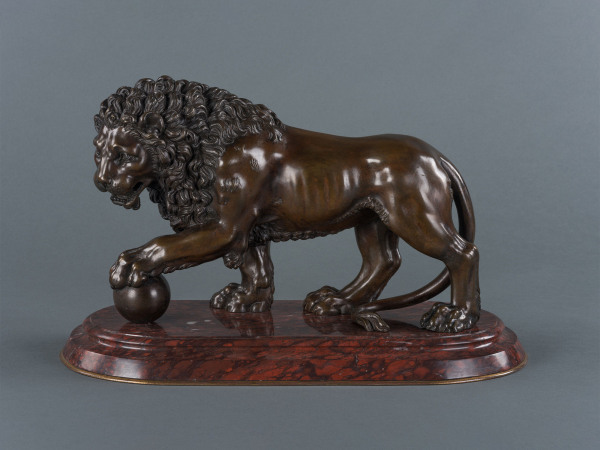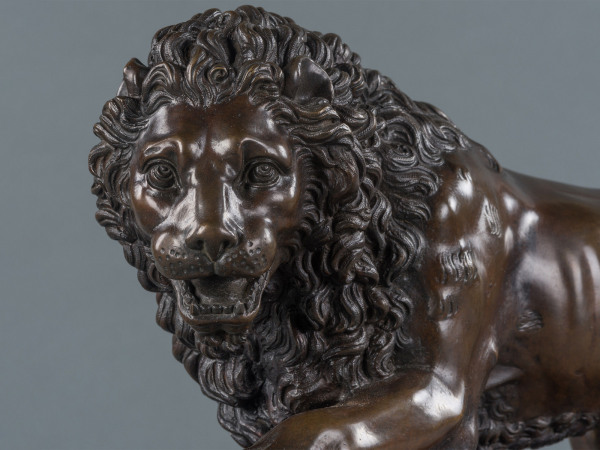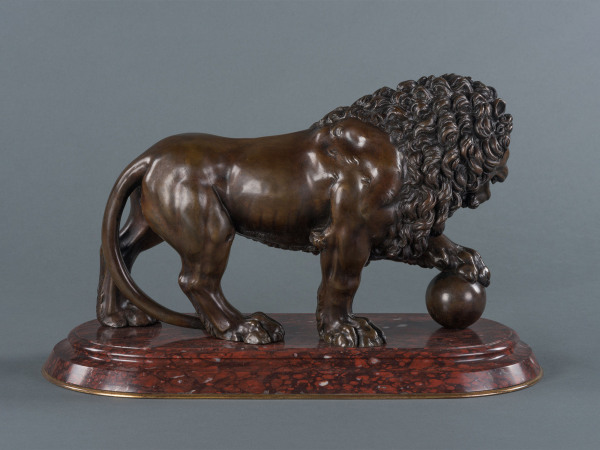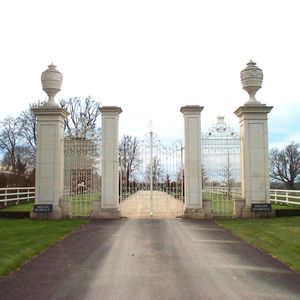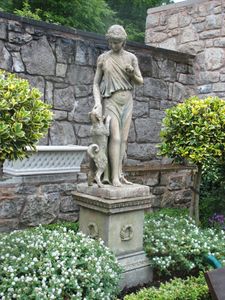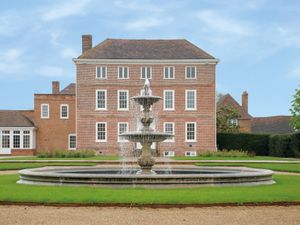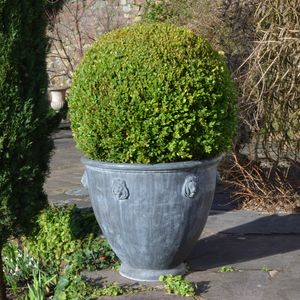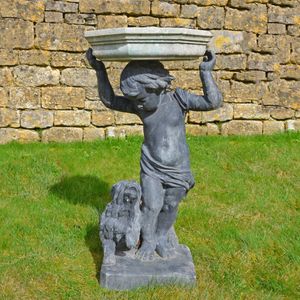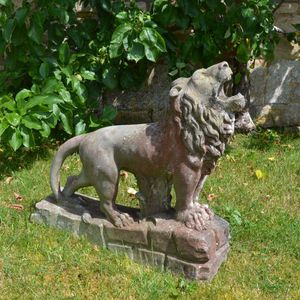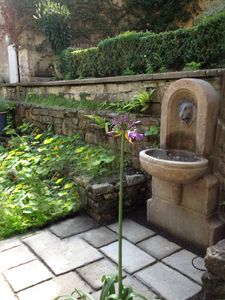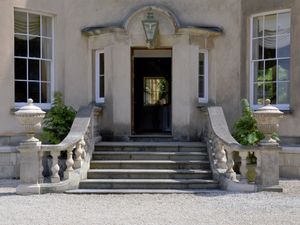The 'Medici Lion' After the Antique, as restored by Flaminio Vacca (1538-1605).
The 'Medici Lion' After the Antique, as restored by Flaminio Vacca (1538-1605).
Circa 1790
Stock Number: 12527/GSO
Height
21.50cm
[8.46 inches]
Width 34.00cm [13.39 inches]
Depth 12.00cm [4.72 inches]
Width 34.00cm [13.39 inches]
Depth 12.00cm [4.72 inches]
Sold
Bronze Lion Florentine, late-18th century, circa 1790, on Rouge Griotte marble base.
A Grand Tour Lion of exceptional quality and finish this bronze is a copy of the fragmentary ancient Roman original, restored by Flaminio Vacca in 1594 and used to stand with its better-preserved, facing, pair outside the loggia in the rear façade of the Villa Medici in Rome. During the reign of the Grand-Duke Ferdinando I they were removed to the Loggia dei Lanzi in Piazza della Signoria in the centre of Florence in 1789. Their newly arrived presence in Florence most likely precipitated fine copies made to appeal to well-off visitors to Florence or as we would call then a “Grand Tourist” eager to purchase an eye-catching desktop momento from their visit.
Lions were well-known animals in Florence; The Marzocco heraldic Lion was the civic symbolic beast, the Lion of St Mark for Venice and as a matter of record live Lions were kept in cages in the rear courtyard of the Palazzo della Signoria in order that their behaviour might be observed to gauge the auspiciousness of a given day for a major political or military undertaking.
One can see in this bronze the hide is lovingly polished and the hair, especially of the mane, is elaborately and laboriously chased with a matt-punch into a luxuriant curly mass that resembles peri-wigs that were all the fashion in the late 18th Century. The base is a Rouge Griotte marble, a favourite of louis XIV to furnish the royal apartments at Versailles, on a gilt bronze support.
No documentation has so far been attached to the few known fine bronze Medici Lions, nor the name of a foundry or artist who may have cast them to provide a firm date of origin and so, as is the case with many highly competent reprises of Antiquity, this model's author remains for the moment anonymous.
Height inclusive of base 25 cm
A Grand Tour Lion of exceptional quality and finish this bronze is a copy of the fragmentary ancient Roman original, restored by Flaminio Vacca in 1594 and used to stand with its better-preserved, facing, pair outside the loggia in the rear façade of the Villa Medici in Rome. During the reign of the Grand-Duke Ferdinando I they were removed to the Loggia dei Lanzi in Piazza della Signoria in the centre of Florence in 1789. Their newly arrived presence in Florence most likely precipitated fine copies made to appeal to well-off visitors to Florence or as we would call then a “Grand Tourist” eager to purchase an eye-catching desktop momento from their visit.
Lions were well-known animals in Florence; The Marzocco heraldic Lion was the civic symbolic beast, the Lion of St Mark for Venice and as a matter of record live Lions were kept in cages in the rear courtyard of the Palazzo della Signoria in order that their behaviour might be observed to gauge the auspiciousness of a given day for a major political or military undertaking.
One can see in this bronze the hide is lovingly polished and the hair, especially of the mane, is elaborately and laboriously chased with a matt-punch into a luxuriant curly mass that resembles peri-wigs that were all the fashion in the late 18th Century. The base is a Rouge Griotte marble, a favourite of louis XIV to furnish the royal apartments at Versailles, on a gilt bronze support.
No documentation has so far been attached to the few known fine bronze Medici Lions, nor the name of a foundry or artist who may have cast them to provide a firm date of origin and so, as is the case with many highly competent reprises of Antiquity, this model's author remains for the moment anonymous.
Height inclusive of base 25 cm




